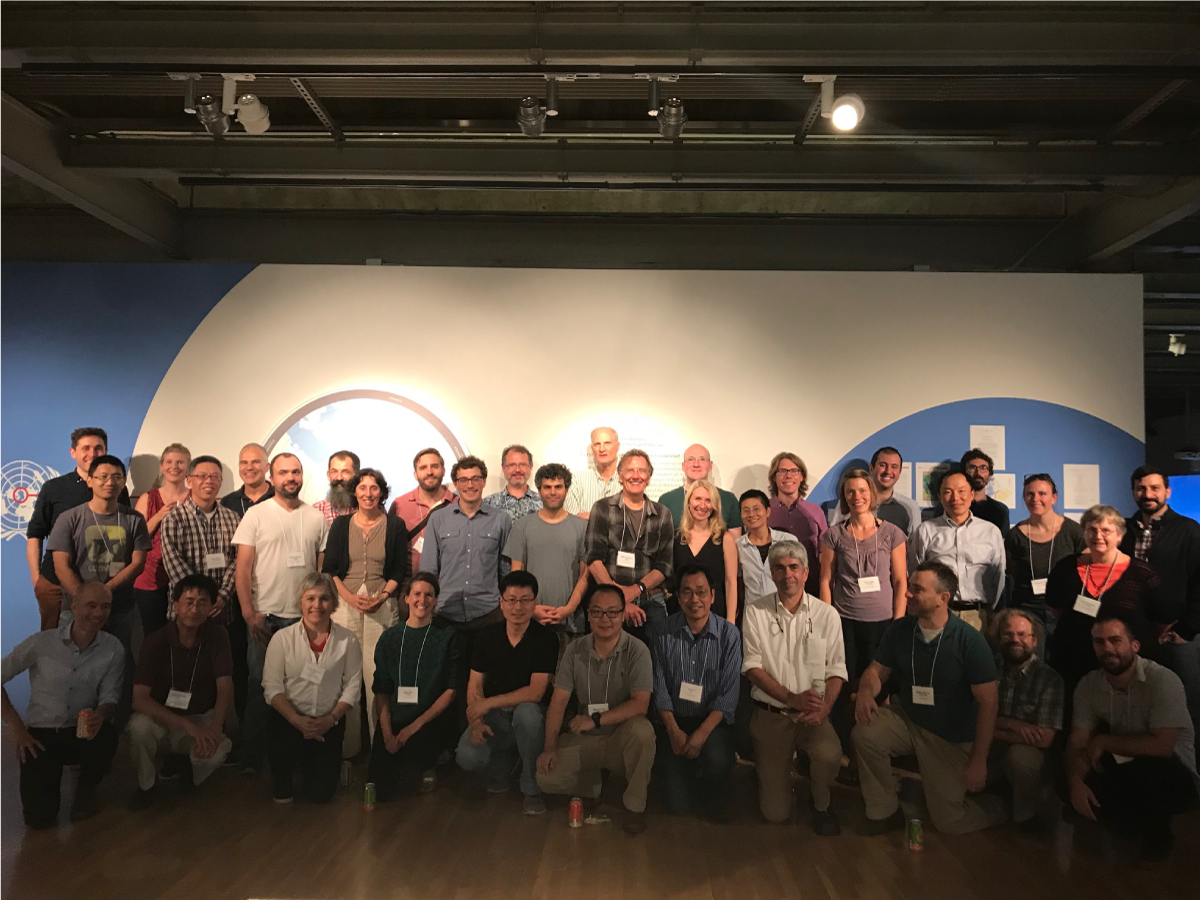ECCO History
ECCO was established in 1999 as part of the World Ocean Circulation Experiment (WOCE) with the aim of combining the diverse observations with a general circulation model (GCM) in order to produce a quantitative description of the complete time-evolving state of the global ocean. The importance of such an endeavor is recognized by numerous national and international organizations, such as the World Meteorological Organization's World Climate Research Programme (WCRP) and UNESCO's Intergovernmental Oceanographic Commission (IOC). These programs have all noted the necessity of synthesizing diverse remotely-sensed and in situ observations with known dynamics and thermodynamics through a GCM. ECCO products also support the goals of the Climate Variability and Predictability (CLIVAR) programme and the Global Ocean Data Assimilation Experiment (GODAE).
ECCO was initially formed under the National Ocean Partnership Program (NOPP) with funding from the National Science Foundation (NSF), the National Aeronautics and Space Administration (NASA), the Office of Naval Research (ONR), and the National Oceanic and Atmospheric Administration (NOAA). Today – with continued support by NASA's Physical Oceanography, Modeling, and Cryosphere Programs – ECCO is expanding the scope and fidelity of ocean state estimation. In contrast to what is commonly referred to as data assimilation, employed, for instance in numerical weather prediction, the ECCO estimates provide a physically consistent estimate of the ocean's temporal evolution. ECCO's long-term goal is to produce global high-resolution coupled ocean/sea-ice/biochemical (and ultimately, atmosphere) state estimates to a wide community. ECCO's efforts toward this goal now include several projects, each of which is bringing ECCO closer to its long-term goal, while providing significant scientific contributions.


